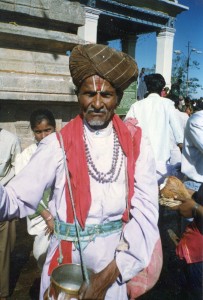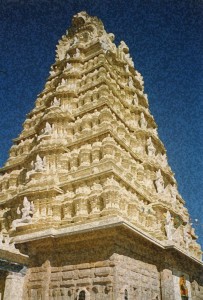Yesterday’s post explored reasons why ancient Egyptians built pyramids. Now we’ll fly to a very different culture.
We’ll look at India’s oldest literature, the Rg Veda, in these posts, and see features in it that have helped make India unique. Let’s spread our wings and explore a very unique land.
Here are some aspects of the Rg Veda:
1. The Rg Veda is a collection of hymns to gods in Sanskrit. They began as an oral tradition that each generation of priest memorized. They chanted its hymns and conducted sacrifices for the prosperity of a society of nomadic herders who initially roamed in Central Asia and migrated along its rivers. They were very conscious of horses and cows. They prayed for more of them and fought wars over them. They rode chariots and introduced the spoked wheel to India.
2. The Rg Veda’s dates are controversial. Current consensus puts them between 1750 and 800 BCE.
3. A few people argue that they’re much older. David Frawley and George Feuerstein see astronomical observations in them that would put them around 4000 BCE, but this is a minority opinion.
4. This society was moving into India around 1500 BCE. So if #2 is accurate (if accurate is the right word for a 1,000 year range!), many of the hymns might have been composed in Pakistan, the Punjab, and around the Yamuna River. Frits Staal thinks they reflect a society just settling on Indian soil. If so, they blended nomadic traditions from Central Asia with responses to the subcontinent.
Both are larger-than-life lands that contrast with:
1. Ancient Egypt’s settlement around the Nile.
2. Ancient Greek communities around their ample coastline and in their narrow valleys.
These two societies were used to human scales, and they conceived reality in their terms. Both preferred clear and simple geometric forms. This preference has been a hallmark Western culture. We often take it for granted as THE way reality is. But ancient Indians were conditioned by many currents that encouraged them to see reality as basically vast. We’ll see some ways that this different perspective flowered in the next post.



Comments on this entry are closed.